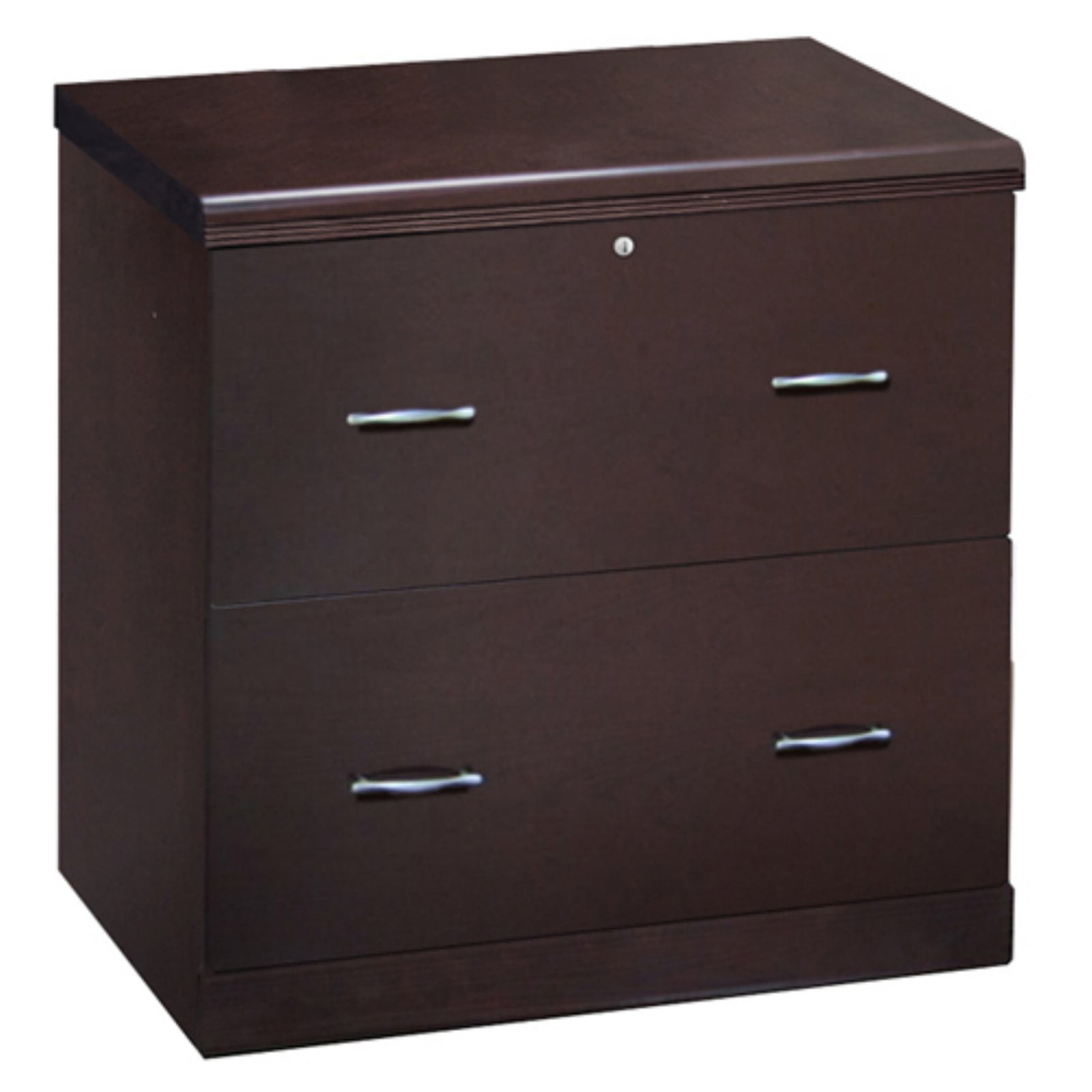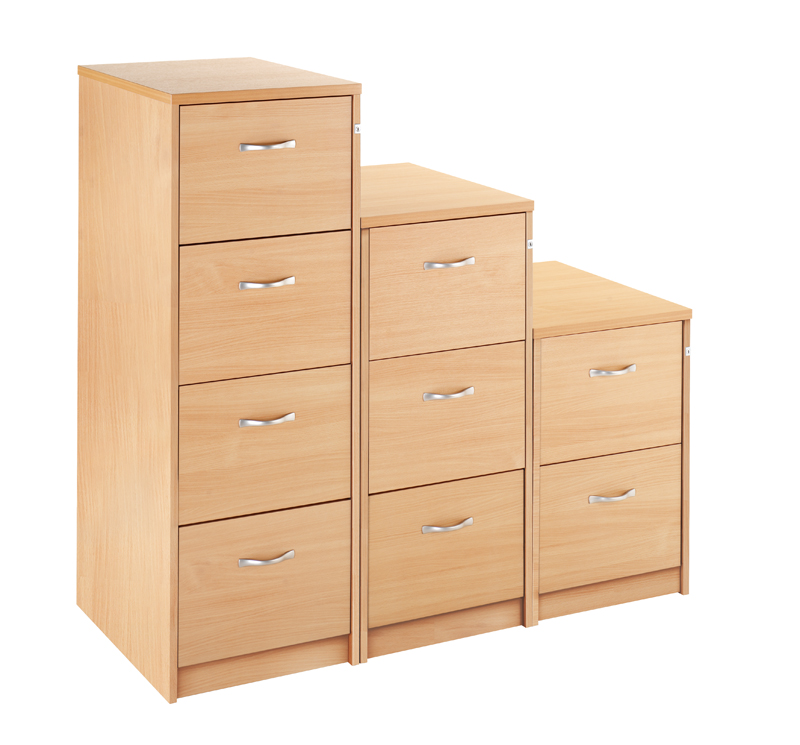Types of Filing Cabinets for Warehouse Environments: Filing Cabinet The Warehouse

Warehouses require efficient storage solutions for a wide range of documents and materials. Filing cabinets play a crucial role in organizing and securing these items, and different types are designed to meet specific needs. This section explores the common types of filing cabinets used in warehouse environments, highlighting their advantages and disadvantages in terms of space utilization, accessibility, and security.
Vertical Filing Cabinets
Vertical filing cabinets are the most traditional and widely used type in warehouses. These cabinets stand upright, offering vertical storage for hanging folders and documents. They are typically made of metal or wood and come in various sizes to accommodate different storage needs.
- Advantages:
- Space efficiency: Vertical cabinets maximize vertical space, making them ideal for warehouses with limited floor area.
- Accessibility: Files are easily accessible, allowing for quick retrieval and organization.
- Security: Metal cabinets provide greater security, protecting documents from unauthorized access and environmental damage.
- Disadvantages:
- Limited capacity: Vertical cabinets can have limited storage capacity compared to other types.
- Difficult to move: Heavy and bulky, making them difficult to move around the warehouse.
- Limited customization: Options for customization are often limited, making it difficult to adapt to specific needs.
Examples:
– Hon 4-Drawer Lateral File Cabinet: This cabinet offers ample storage space and is designed for durability and security.
– Global Total Office 2-Drawer Vertical File Cabinet: This budget-friendly option is ideal for smaller warehouses with limited storage needs.
Lateral Filing Cabinets, Filing cabinet the warehouse
Lateral filing cabinets are designed with drawers that open horizontally, providing wider access to files and folders. These cabinets are often preferred in warehouses where frequent access to documents is required, as they allow for easier retrieval and organization.
- Advantages:
- Improved accessibility: Horizontal drawers allow for easier access to files, reducing retrieval time and effort.
- Greater capacity: Lateral cabinets can accommodate larger quantities of files and folders.
- Ergonomic design: The horizontal drawer design is more ergonomic, reducing strain on the user.
- Disadvantages:
- Space requirements: Lateral cabinets require more floor space than vertical cabinets.
- Higher cost: Lateral cabinets are generally more expensive than vertical cabinets.
- Potential for damage: The horizontal drawer design can be more susceptible to damage from collisions or mishandling.
Examples:
– Staples 3-Drawer Lateral File Cabinet: This cabinet offers a balance of storage capacity and accessibility, making it suitable for a variety of warehouse applications.
– Office Depot 4-Drawer Lateral File Cabinet: This cabinet features a heavy-duty construction and is designed for frequent use in demanding warehouse environments.
Mobile Filing Cabinets
Mobile filing cabinets are designed to move easily on wheels or casters, allowing for efficient storage and retrieval of documents in large warehouses. These cabinets are particularly useful for maximizing space utilization and providing flexibility in storage arrangements.
- Advantages:
- Space optimization: Mobile cabinets allow for efficient use of floor space, maximizing storage capacity in a warehouse.
- Easy access: Cabinets can be moved easily, allowing for quick access to files from different locations.
- Flexibility: Mobile cabinets can be rearranged to accommodate changing storage needs.
- Disadvantages:
- Limited security: Mobile cabinets may not provide the same level of security as stationary cabinets.
- Potential for accidents: Moving cabinets can pose a safety risk if not handled properly.
- Higher cost: Mobile cabinets are typically more expensive than stationary cabinets.
Examples:
– Hon Mobile Lateral File Cabinet: This cabinet features a robust design and smooth-rolling casters, making it ideal for large warehouses with frequent document access.
– Global Total Office Mobile Vertical File Cabinet: This budget-friendly option offers a convenient and space-saving solution for smaller warehouses.
Organization and Labeling Systems for Filing Cabinets in Warehouses

Effective organization and labeling are essential for efficient document management in warehouse environments. A well-structured system ensures quick retrieval of crucial documents, minimizes time wasted searching, and promotes a more organized and productive workspace.
Alphabetical Filing Systems
Alphabetical filing is a simple and widely used method for organizing files. It involves arranging files in alphabetical order based on the primary filing unit, such as customer names, supplier names, or product names.
- Advantages: Simple to implement and understand, easy to maintain, and allows for quick retrieval of files.
- Disadvantages: Can become cumbersome with large volumes of files, may not be suitable for documents with complex filing criteria.
Numerical Filing Systems
Numerical filing assigns a unique number to each file and organizes them in ascending numerical order. This system is often used for tracking invoices, purchase orders, or other documents with sequential numbering.
- Advantages: Provides a consistent and structured filing system, suitable for large volumes of documents, facilitates easy tracking of documents.
- Disadvantages: Requires a dedicated numbering system, may not be intuitive for retrieving documents based on specific criteria.
Subject-Based Filing Systems
Subject-based filing categorizes documents based on their content or topic. This method is particularly useful for organizing files related to specific projects, departments, or processes.
- Advantages: Provides a logical and organized structure for retrieving documents related to specific topics, facilitates easy access to information for specific projects or tasks.
- Disadvantages: Requires careful consideration of subject categories and subcategories, may require cross-referencing to ensure all related documents are accessible.
Importance of Clear and Consistent Labeling
Clear and consistent labeling is crucial for efficient document retrieval. Labels should be easily readable, accurate, and consistent across all filing cabinets.
- Examples of Effective Labels:
- Customer Name: “Acme Corporation”
- Invoice Number: “INV-2023-001”
- Project Name: “Warehouse Expansion Project”
Labeling Systems
Several labeling systems can be implemented to enhance document retrieval efficiency:
- Color-Coded Labels: Using different colors for specific categories or departments can help quickly identify the relevant file.
- Barcode Labels: Barcode labels can be scanned for quick and accurate file identification.
- Digital Labeling Systems: Digital labeling systems allow for electronic indexing and searching of documents, making retrieval faster and more efficient.
Best Practices for Managing Filing Cabinets in Warehouses

Effective management of filing cabinets in a warehouse environment is crucial for maintaining order, ensuring document security, and streamlining operations. By implementing best practices, businesses can optimize their filing systems for efficiency and accuracy.
Maintaining Cleanliness and Organization
Maintaining a clean and organized filing system is essential for efficient document retrieval and overall warehouse hygiene.
- Regularly dust and clean the filing cabinets, including the drawers and shelves, using a soft cloth and mild cleaning solution. This helps to prevent dust accumulation, which can damage documents and make it difficult to locate files.
- Implement a system for organizing files within the cabinets. This could involve using color-coded folders, alphabetical or numerical filing systems, or a combination of both. Consistent labeling and organization ensure that files are easily accessible and prevent misfiling.
- Designate a specific area for discarding outdated or unnecessary documents. This ensures that filing cabinets are not overcrowded and that space is used efficiently. Regularly shred or dispose of documents in accordance with company policies and data privacy regulations.
Preventing Damage to Documents and Filing Cabinet Components
Protecting documents and filing cabinets from damage is paramount for maintaining the integrity of the filing system.
- Store documents in acid-free folders and archival-quality boxes to prevent deterioration and discoloration. These materials protect documents from environmental factors such as moisture, light, and temperature fluctuations.
- Avoid using staples or paper clips on documents that are stored in filing cabinets. These metal fasteners can damage the surrounding documents and create rust spots. Use archival-quality clips or binders for securing documents.
- Ensure that filing cabinets are placed in a stable and dry environment. Avoid exposing them to direct sunlight or excessive humidity, which can warp wood or metal components and damage documents.
- Handle documents with care and avoid excessive bending or folding. This helps to prevent tears and creases that can make documents difficult to read or store.
Regular Audits and Inventory Control
Regular audits and inventory control are crucial for ensuring that all files are accounted for and readily available when needed.
- Conduct periodic audits of the filing system to verify the accuracy and completeness of the records. This involves checking for missing files, duplicate entries, and outdated documents. Audits help to identify any discrepancies and ensure that the filing system is up-to-date.
- Implement a system for tracking the movement of documents within the warehouse. This could involve using barcodes or RFID tags to track the location and status of files. A robust tracking system ensures that documents are easily located and reduces the risk of misplacement.
- Maintain a detailed inventory of all documents stored in the filing cabinets. This inventory should include the document type, date, and location within the filing system. A comprehensive inventory facilitates efficient retrieval and management of documents.
Filing cabinet the warehouse – Organizing a warehouse is a bit like tackling a massive closet – you need systems to keep things in order. While filing cabinets are essential for paperwork, I’ve found that free-standing bedroom wardrobes, like the ones discussed in this article free standing bedroom wardrobes , can be surprisingly useful for storing larger items in a warehouse.
They offer a secure, organized way to keep things off the floor and easily accessible, which is just as important for a warehouse as it is for a bedroom.
My filing cabinet in the warehouse is a beast! It holds years of records, invoices, and important documents. I’ve found that the best way to keep things organized is to use inserts for hanging files – they keep everything neat and easy to find.
Plus, they make it super simple to pull out what I need without having to dig through a mountain of folders.
